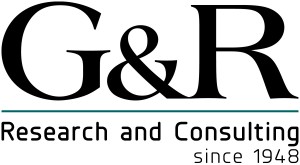 ComJoint
ComJoint
Optimize communications content using conjoint-based analysis
In A/B copy testing, an individual ad or commercial is assessed to determine its overall strength, relative to another alternative execution. The assessment is often against one or two alternatives and, usually, it is relative to historical averages of similar advertising. However, this gold standard for research design brings with it several practical limitations:
- The number of alternatives that can be tested is limited by time and budgetary considerations;
- With the primary focus of the research being on the performance of the ad as a whole, the results bring with them limited opportunity to empirically optimize individual components of the execution; and
- While we are often able to impute the reasons for performance differences across the ad alternatives, one is not able to do so with mathematical certainty nor is one able to quantify the impact these individual differences have on the ad’s overall performance.
A solution to this is G&R’s ComJoint (Communications Conjoint Analysis).
Widely used for product design, conjoint analysis is a statistical technique to evaluate how survey audiences value different attributes. This adds more mathematical precision to optimization analyses. By integrating its experimental design and analysis principles into our copy testing studies, G&R is able to deepen insights from A/B testing by more precisely identifying the factors that contribute to or detract from how an advertisement performs among its target audience.
The ComJoint approach uses a fractional factorial design, which greatly reduces the number of ads that need to be tested while ensuring enough data are available for statistical analysis. This results in a carefully controlled subset of ads (“profiles”) for the respondent to consider, and enables us to make inferences about each of these variations without needing to test every possible combination. This can be particularly useful, when a marketing team is considering multiple options (“levels”) for several components (“attributes”), such as messaging content, taglines, branding, and layouts/formats.
With the additional ability to conduct the conjoint analysis among a smaller sample test we are often able to conduct the research considerably faster than conventional A/B studies, and at a fraction of the cost.
Key Benefits and Features:
-
- Adds greater mathematical precision to ad content optimization discussions
- Provides new insights about ad performance
- Reduces costs of investigatory research
